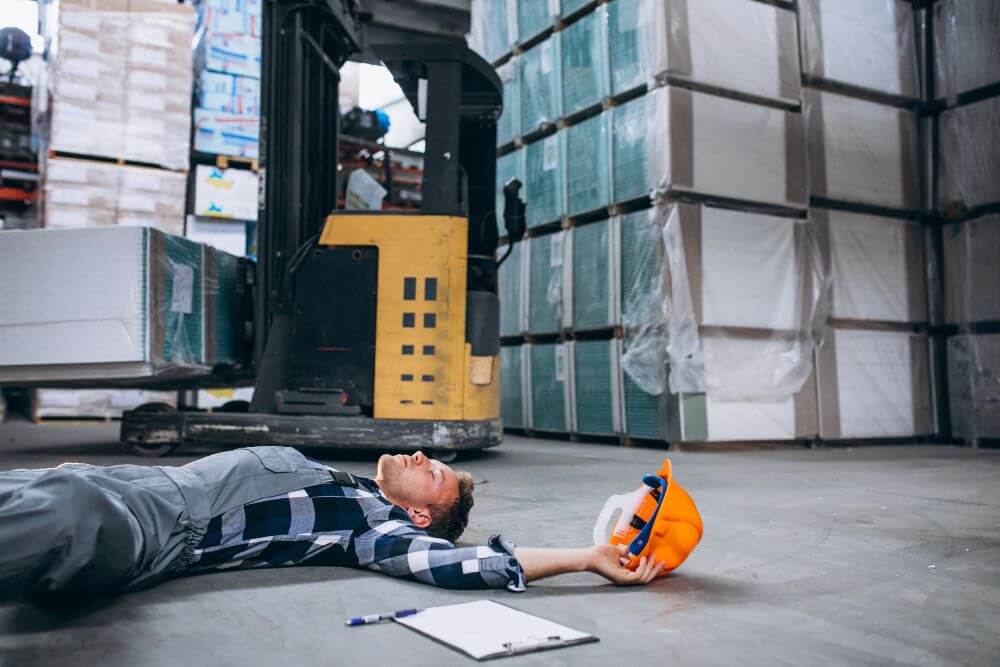Everyone has suffered a trip at one point or another in their lives – it’s an inevitability of a busy life, and perhaps even more inevitable for certain bodies over others. Still, some trips can be much more serious than others, leading to significant and severe injuries.
When such accidents happen, they don’t always happen in a vacuum; that is to say, if you trip or fall in a public place, someone else could well be responsible – and you could have grounds for a civil claim. Here, we will examine just what that means, from the basics of liability to substantiating your claim.
1. Understanding Public Liability and Duty of Care
First and foremost, it’s important to understand the underpinnings of a civil case relating to personal injury from a slip trip or fall. In order to be awarded compensation, it needs to be established that your accident was no fault of your own – and then, whose fault it ultimately is. Public spaces are typically managed, controlled and maintained by various bodies and individuals, each of whom has a duty of care to you as a passer-by in certain situations.
If they fail in that duty of care and you are injured, they become liable for your injury. Hence, in the unfortunate event that you suffer a slip, trip, or fall in a public area, liable parties could be ordered to compensate your injury in injury and accident claims. Such instances might involve poorly-maintained pavements for which a city council is responsible, or unsafe maintenance tools left out by a contractor.
2. Gathering Evidence to Support Your Claim
Whatever the cause for your own trip, slip or fall, you need evidence to substantiate your claim. Such evidence would include photographs of the accident scene, GP notes or hospital records relating to your injury, witness statements from the day of the accident, and CCTV footage kept by businesses near to the scene of the accident.
3. Compensation Entitlements and Time Limits
As for the compensation to which you could be entitled, there are numerous factors that can help you estimate to what you may be owed. The placement and severity of certain injuries create a base level of compensation you could expect – a number which can be advanced by ancillary considerations like lost work owing to recovery, costs incurred from disability or even emotional injury from the ordeal.
Of course, the potential for compensation is not available to you indefinitely; there is a limitation on the length of time you can wait before you seek to file a personal injury claim. Slip, trip and fall injuries typically lead to negligence cases, which carry a three-year time limit for legal action to be undertaken – though that time limit is not strictly tied to the time of the incident. If you discover an injury some time after the fact, your three-year time period starts at that point instead, ensuring you can seek damages for historic injuries recently discovered.















